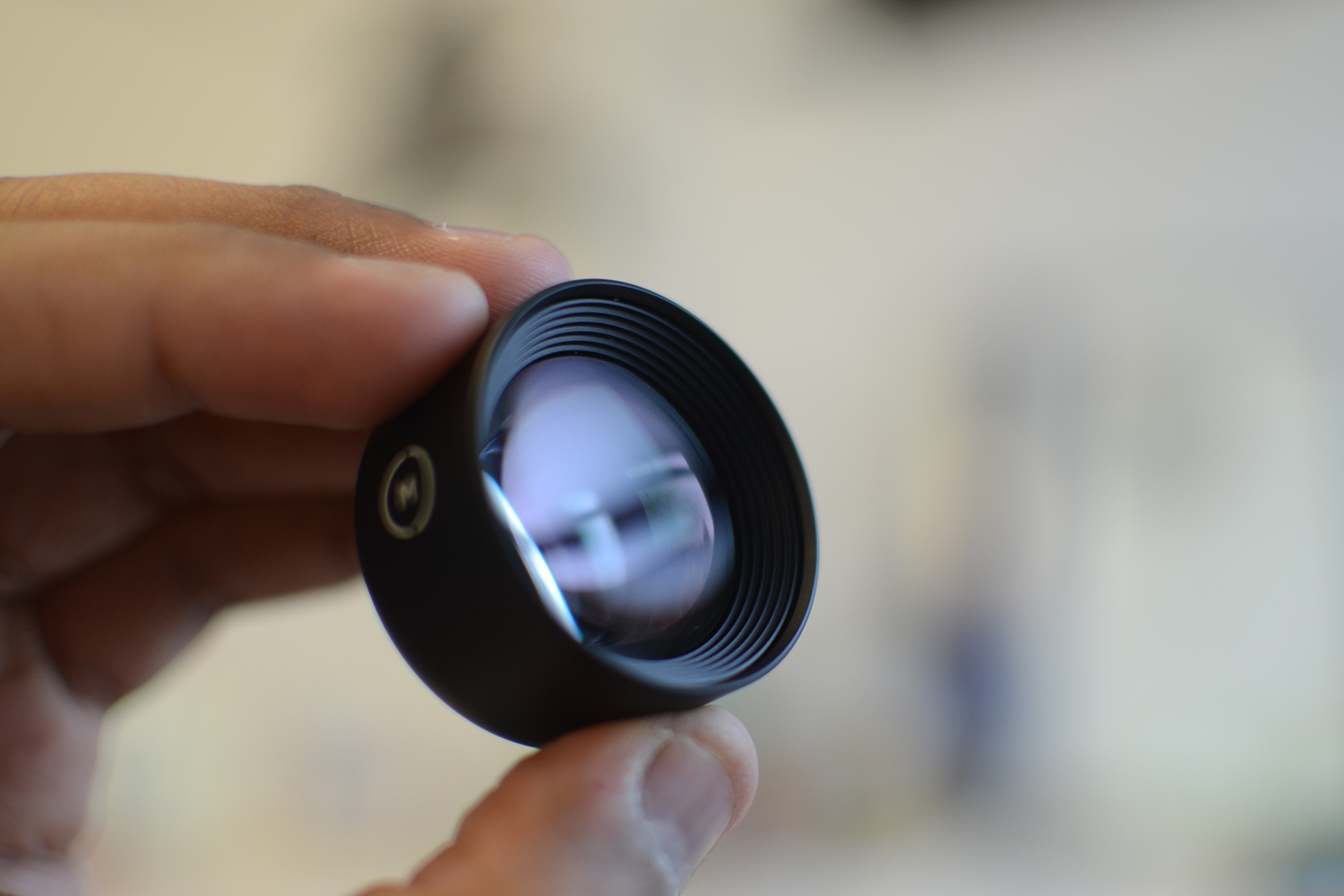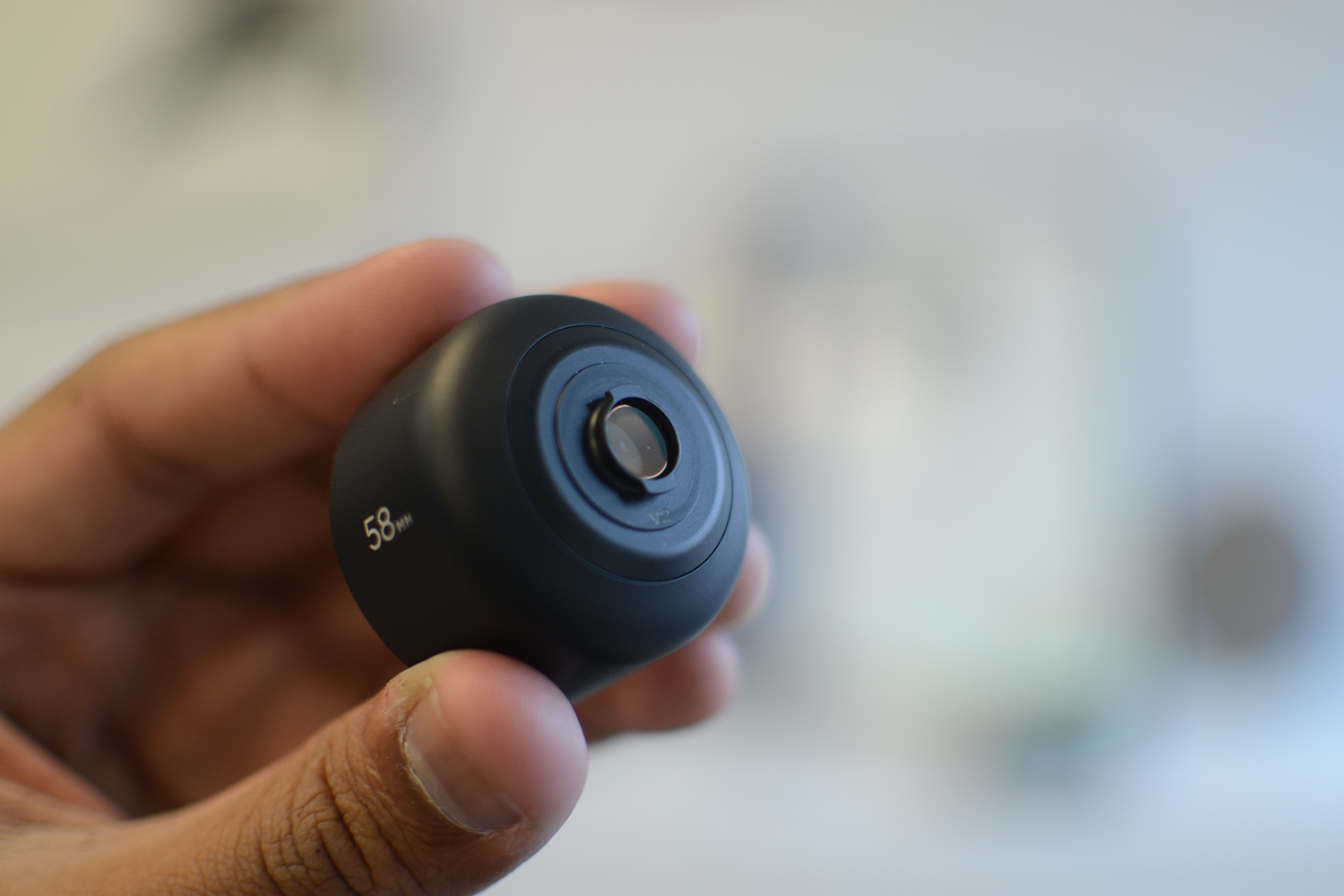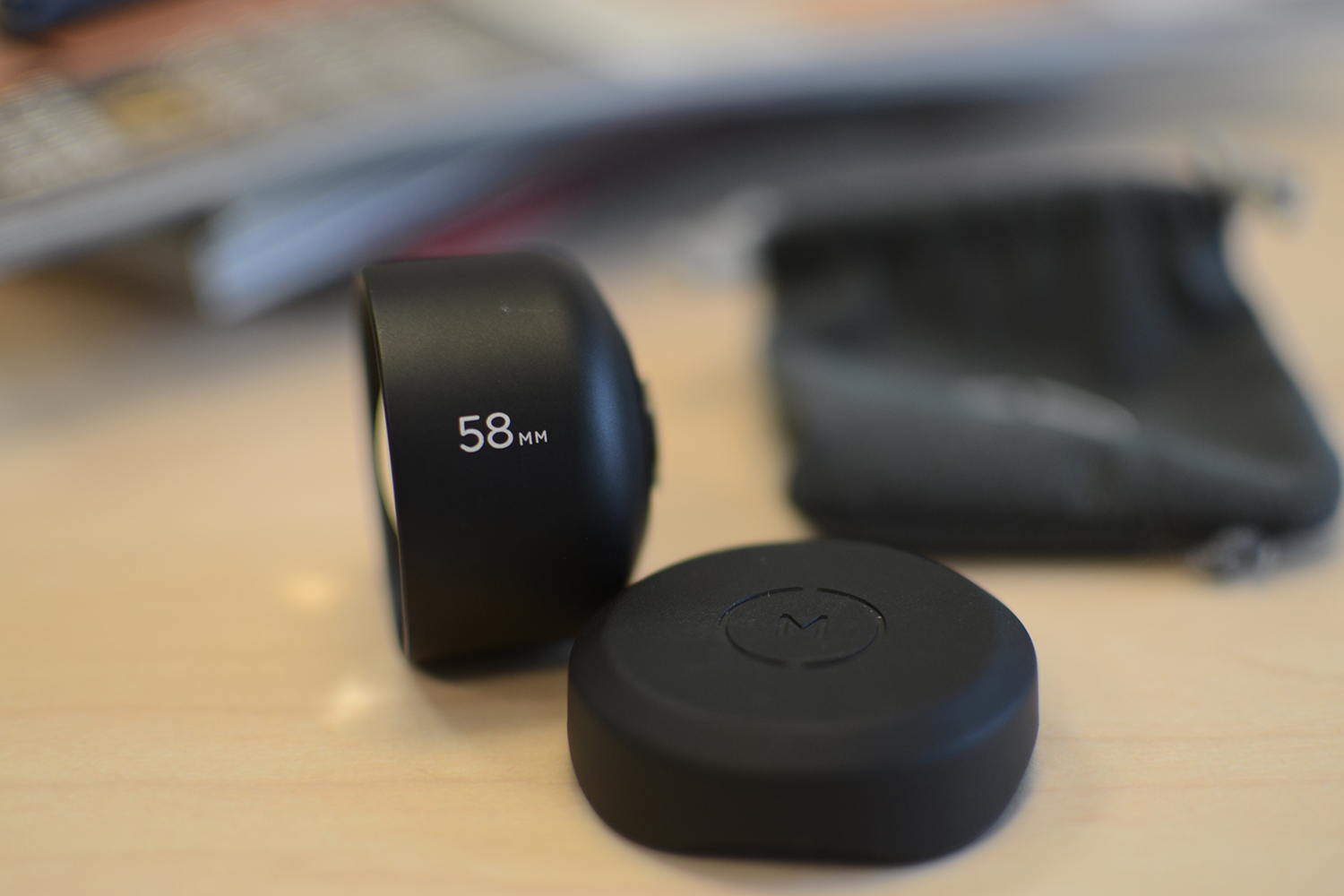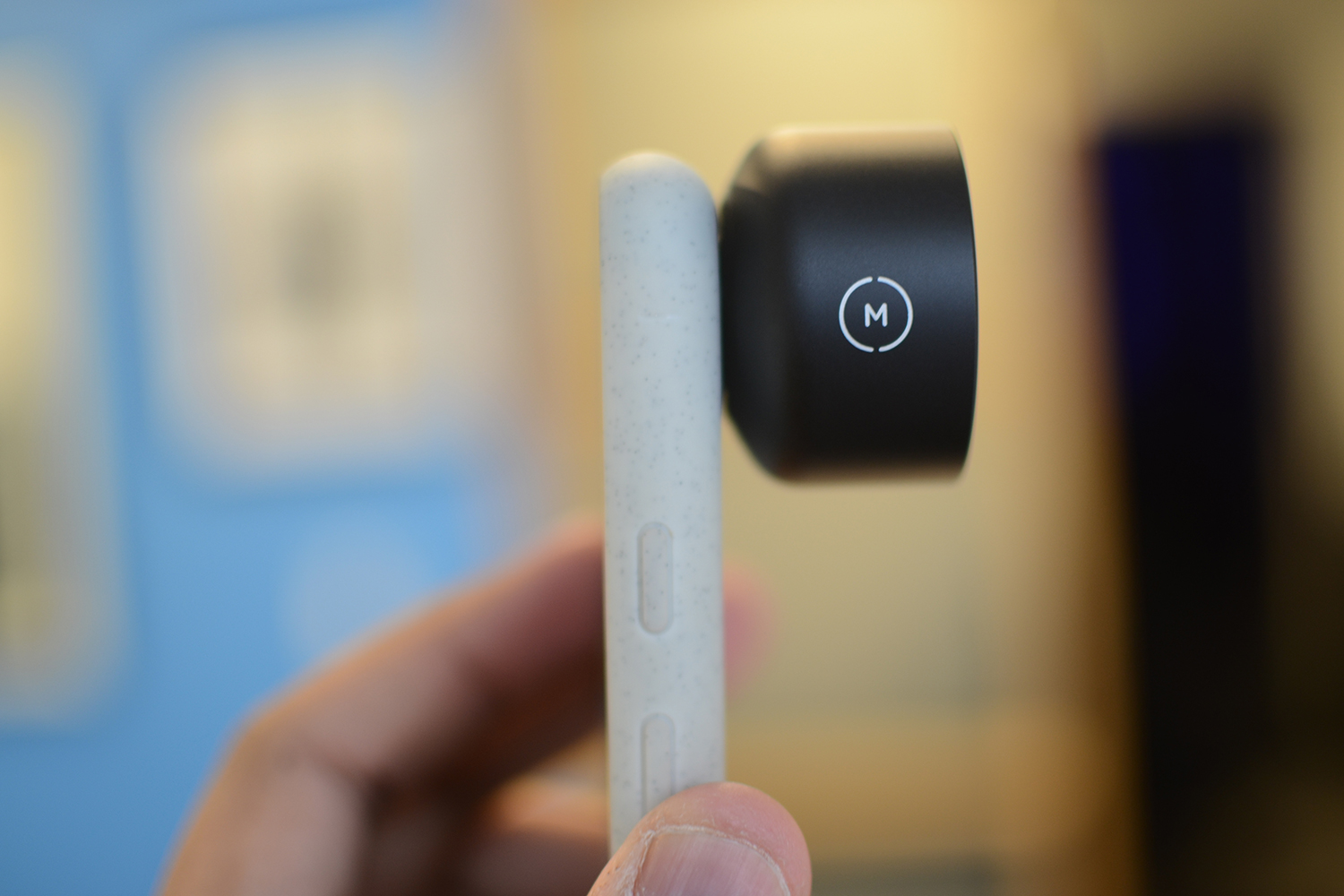Phone manufacturers may be adding more lenses to smartphones to boost camera versatility, but attaching external lenses to a phone is an alternative method of enhancing your photography game. Moment offers a variety of lenses — such as macro, super fisheye, wide angle, and anamorphic — for Apple, Samsung, and Google phones, and they considered to be some of the best; it’s certainly some of our favorites. Which is why we’re excited about Moment’s new version of its telephoto lens, and it truly improves upon the predecessor.
Moment’s first 60mm telephoto lens was designed for the iPhone 5, and it delivers around two-times optical zoom, allowing you to get closer to subjects without having to digitally zoom (which decreases the image quality). It’s not perfect, though, because it suffers from a good deal of distortion. The center area remains in focus, but a distorted effect radiates throughout the rest of the photograph.
That’s no longer the case with the new 58mm telephoto lens, which effectively replaces the 60mm telephoto. It still offers around a 2x optical zoom, but Moment says it has redesigned the optics from the ground-up to support single- and dual-lens smartphones. This lens has been designed with the iPhone X, Pixel 3, and Note 9 in mind, but it can be used with other phones from Apple, Samsung, and Google, permitted you have the supported Moment case (usually costs $30 or under).
The lenses are easy to put on or take off, as all you need to do is attach it to the case and twist to keep it secure. The 58mm lens, like all Moment lenses, comes with a cap to protect the glass, as well as a little cloth bag for storage.
We spent some time using the new telephoto lens and comparing it with the old 60mm, and the difference is startling. There’s little to no distortion in the newer lens, and portrait mode photos look excellent. With photos captured by the older 60mm lens, the center part of the image is usually in focus, while the left and right edges have a lot of distortion. This may be a desired effect for some photographers, but it’s hardly noticeable in the new 58mm lens. The 58mm lens also tends to produce fewer flares, providing a cleaner photograph. All of these photos were shot with the Google Pixel 3.
You’re also able to get 4x optical zoom when mounting the 58mm telephoto lens over the telephoto lens of dual-lens iPhone, although you will need to use Moment’s camera app to manually switch to the telephoto lens (the iPhone’s native camera app doesn’t actually use the telephoto lens when you hit the zoom button, but digital zoom). This function isn’t available for Samsung phones yet, but Moment told Digital Trends it’s on the way. (Google Pixel phones utilize a single-lens system.)
Below is a look at what 4x optical zoom photographs can look like, and this was captured with the 58mm telephoto lens mounted to the telephoto lens on the iPhone XS. It’s not the sharpest photo, and we had to use the Moment camera app to achieve 4x optical zoom.

The 58mm telephoto lens is an excellent tool for any burgeoning smartphone photographer’s arsenal. It costs $100 — though make sure you find a compatible Moment case for your smartphone — and it can be bought from Moment’s website.






























